
Tiran Bajgiran is a student at Harvard Law School.
Nurses have their footsteps tracked electronically. Cashiers are monitored by point-of-sale devices that measure their efficiency by the minute. Warehouse workers wear “haptic” wristbands evaluating their performance – and vibrating when they slack off. Delivery personnel contend with near-constant behavioral analysis by their phone, which tracks their location, speed, braking or how long they touch their screen while driving. And for a growing number of white‑collar workers, managerial software monitors online activity – including their keystrokes, searches, and emails.
The workplace is entering the age of surveillance capitalism. Employers, across industries, are resorting to data‑mining technology to capture, analyze, and nudge every aspect of worker behavior – within and beyond the workplace. They leverage worker data to fuel algorithmic decision-making, in areas ranging from wage-setting and scheduling to evaluation metrics for promoting and firing. Meanwhile, algorithmic analysis of worker behavior can pre-emptively flag employees likely to engage in organizing, resign, talk to reporters, or protest wage stagnation. “This company knows much more about me than my family does,” says an employee at Workday, a firm which sells software to help managers predict which employees are likely to quit.
Taylorism on AI Steroids
Surveillance, to be sure, is not new to the workplace. In many ways, data extraction seems an organic fit for employment, where managerial surveillance of staff efficiency – known as “Taylorism” – enjoys a history as old as American industrialization. Underpinning this power is the deeply‑rooted assumption that management “owns” the enterprise and enjoys near-plenary power to monitor behavior in the workplace, so long as it does not discriminate. And as Harry Braverman and Samuel Bowles have explored, firms have historically introduced workplace technologies with the express intent to reduce labor costs, by constraining worker discretion.
At the same time, the rise of data analytics is an exponential and unprecedented power-multiplier for management, with no counter-balancing force for workers. While corporations increasingly invest in the datafication of employment, regulators’ response to the rise of surveillance capitalism has focused on consumer privacy. Data protection legislation, on both sides of the Atlantic, is framed around an imagined individual consumer subject who “consents” to the commodification of her personal information under certain conditions. Workers are the blind spot. And this has turned the workplace into an opaque site of experimentation with data analytics, mostly hidden from employees and regulators.
The problem with this technology is not its existence – many workers can and do appreciate the insights of data to improve their performance and safety. The issue is opacity and epistemic inequality; that is, the lack of worker input, oversight, and ability to understand and contest the implementation or design of data-driven technology. The datafication of workers’ every move widens the gap between what they know and what is known about them by management. This escalating asymmetry of knowledge in the workplace, and the power that accrues to data‑driven behavioral predictions, represents a real barrier to workers’ mobilization. It also empowers employers to engineer their technology to preserve workers’ ignorance, or subliminally nudge them towards certain behavior. Firms’ asymmetric access to this technology, in the absence of regulatory oversight, constrains working class power in at least three distinct but related ways.
- Work Intensification
A key application of data-driven technology is to manage staff productivity with target-setting, which is not harmful by itself. But when management enjoys unfettered technological power to minutely track and relentlessly push workers towards greater productivity, there is an increased risk of safety harms. Work intensification can have direct consequences on workers’ physical health, as exemplified by the high injury rates documented in Amazon’s warehouses.
To illustrate, consider UPS’s use of telematics software to score performance against what drivers claim are unrealistic time allotments for deliveries – since the software did not account for fluid external conditions, such as traffic or the physical condition of the employee. The result, reported by Esther Kaplan, is that workers cut corners with their own health and safety, resulting in chronic physical injuries to their knees, shoulders, and backs. This echoes the testimony of a supermarket delivery personnel: “A lot of professional drivers will sometimes jump a red light or brake too hard because they are under time constraints and often they have to use their mobile while driving.”
- Wage Suppression
Firms can also leverage worker data to decrease operating costs, often at the direct or indirect expense of wages.
A prime example is time-tracking software that algorithmically deducts breaks by the second – even if workers are not able to take them. Related are productivity quotas which indirectly discourage workers from taking rest breaks to which they are legally entitled. With near-perfect knowledge about performance, firms can increasingly squeeze out downtime – scheduling workers for shorter shifts or reassigning them whenever they are unoccupied. They can effectively push workers to perform harder, faster, for less.
Another example is when workplace surveillance generates data that firms use to decrease labor costs. While Uber workers roam the streets on standby, the firm collects comprehensive data on driver behavior, routes, speed, and traffic. Data extraction allows Uber to replicate drivers’ subtle local knowledge of the road, for free. It then leverages worker data to improve their service, train self-driving vehicles, predict supply and consumer demand, and price discriminate accordingly. This allows Uber to send extra fares to drivers who might soon log off, maintaining a constant supply of drivers on-call from whom it extracts data. And since Uber refuses to pay drivers waiting for fares, this may have the net effect of lowering wages for all.
Data-driven technology also incentivizes firms to misclassify employees, through independent contracting, subcontracting, and franchising. In a Coasean approach, the difficulty of monitoring workers outside the firm would be a transaction cost that incentivizes hiring them as employees. In some variations of “efficiency wage” theory, implicit promises of long-term employment can incentivize workers to perform diligently, encouraging employers to bring them inside the firm. But where management can develop near-perfect knowledge about workers through granular data extraction, for free, the calculus changes. Advanced monitoring capabilities give management the best of both worlds: the powers traditionally associated with employers, like setting wages and maintaining a constant threat of termination, without the costs associated with employment.
- Loss of Autonomy & Dignity
Lastly, workers stand to lose their autonomy and dignity when data-driven technology is used to micromanage and remove all discretion on the job. Being trusted to act with integrity is a key source of dignity at work. This is lost when workers are reduced to mere numbers in faceless calculations to maximize profits for the firm. Consider the experience of this retail worker: “You’re constantly looked at and watched. You think, have I done something wrong? You’re scared to have a conversation and a giggle with your colleagues in case you get reprimanded. It’s horrible. Your privacy is gone.”
Workers are human beings in human situations being monitored and analyzed as if machines. The danger of dehumanization at work in the age of artificial intelligence is unsurprisingly already reported. Workers deserve agency in troubleshooting, innovating, and learning new skills to improve on the job. The meaning and fulfilment of work is also at stake in the age of data analytics.
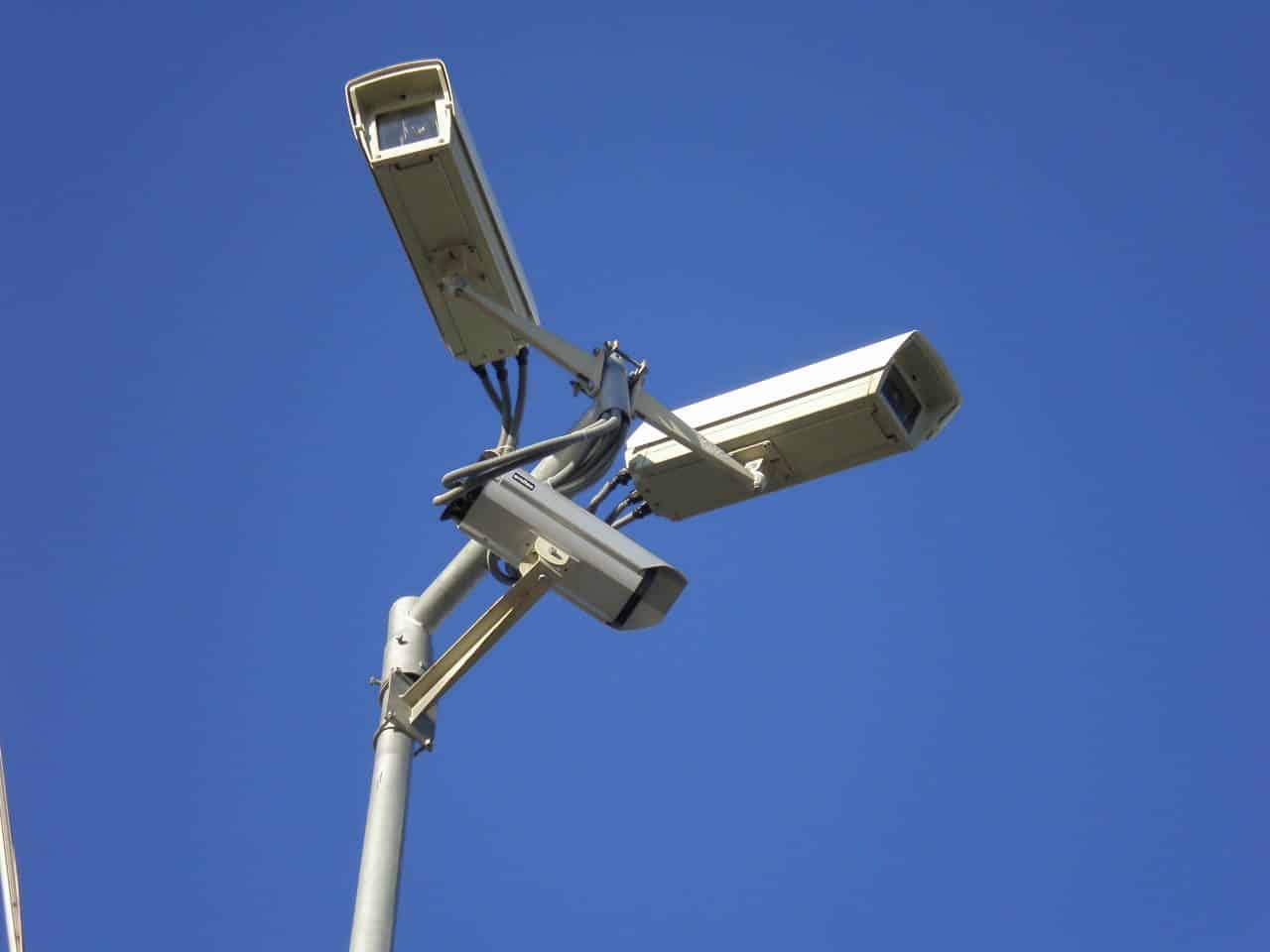

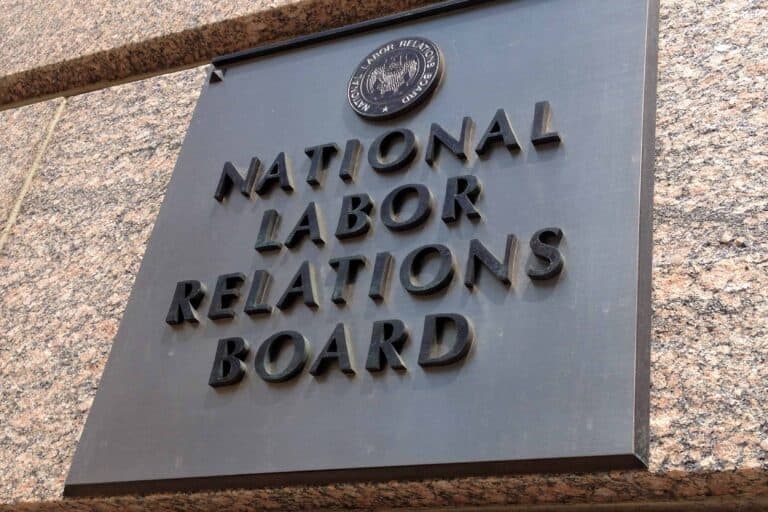
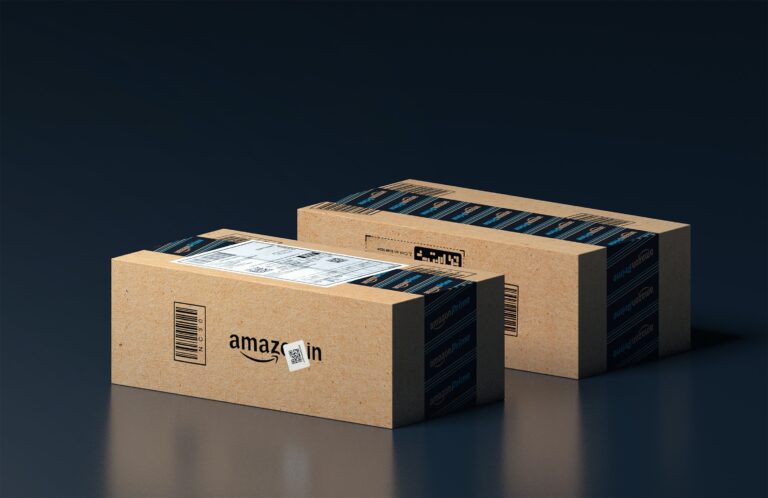


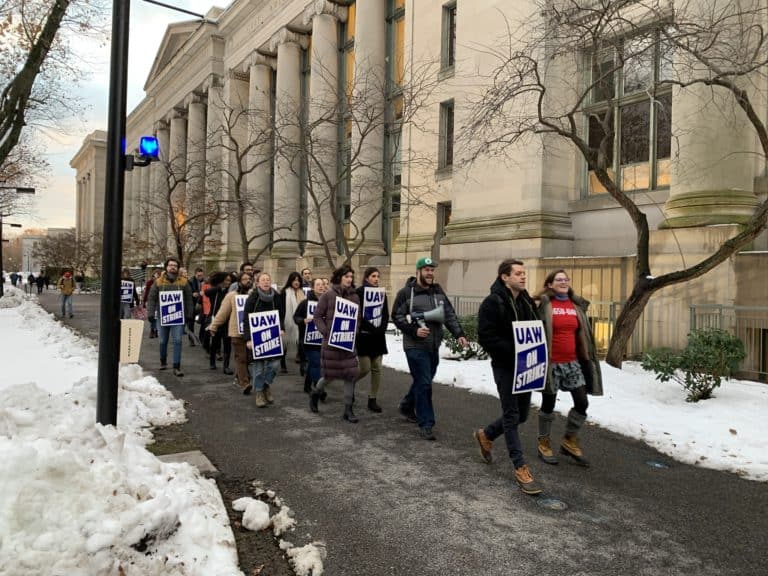


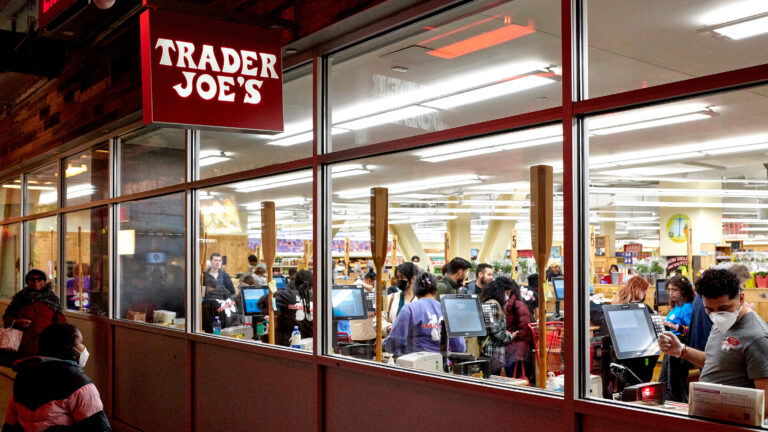
Daily News & Commentary
Start your day with our roundup of the latest labor developments. See all
November 21
The “Big Three” record labels make a deal with an AI music streaming startup; 30 stores join the now week-old Starbucks Workers United strike; and the Mine Safety and Health Administration draws scrutiny over a recent worker death.
November 20
Law professors file brief in Slaughter; New York appeals court hears arguments about blog post firing; Senate committee delays consideration of NLRB nominee.
November 19
A federal judge blocks the Trump administration’s efforts to cancel the collective bargaining rights of workers at the U.S. Agency for Global Media; Representative Jared Golden secures 218 signatures for a bill that would repeal a Trump administration executive order stripping federal workers of their collective bargaining rights; and Dallas residents sue the City of Dallas in hopes of declaring hundreds of ordinances that ban bias against LGBTQ+ individuals void.
November 18
A federal judge pressed DOJ lawyers to define “illegal” DEI programs; Peco Foods prevails in ERISA challenge over 401(k) forfeitures; D.C. court restores collective bargaining rights for Voice of America workers; Rep. Jared Golden secures House vote on restoring federal workers' union rights.
November 17
Justices receive petition to resolve FLSA circuit split, vaccine religious discrimination plaintiffs lose ground, and NJ sues Amazon over misclassification.
November 16
Boeing workers in St. Louis end a 102-day strike, unionized Starbucks baristas launch a new strike, and Illinois seeks to expand protections for immigrant workers